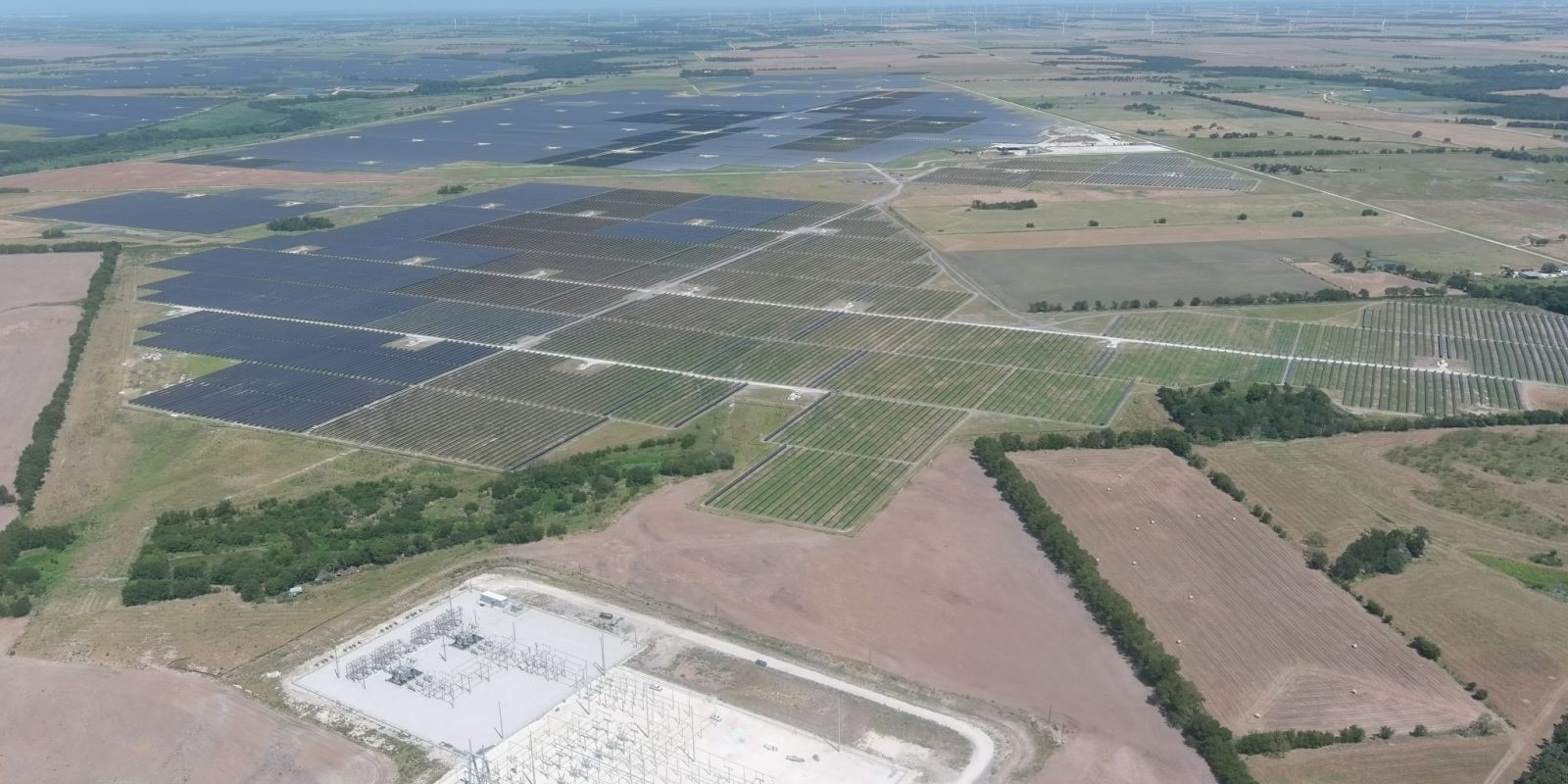As Texas power demand surges, solar, wind and storage carry the load

Michelle Lewis | Oct 24 2025 - 3:25 pm PT
20 Comments

Photo: Avangrid Electricity demand is surging in Texas, and solar, wind, and battery storage are meeting it.
According to new data from the US Energy Information Administration (EIA), electricity demand across the Texas grid managed by the Electric Reliability Council of Texas (ERCOT) hit record highs in the first nine months of 2025. ERCOT, which supplies power to about 90% of the state, saw demand jump 5% year-over-year to 372 terawatt hours (TWh) – a 23% increase since 2021. No other major US grid has grown faster over the past year.
Solar and wind keep ERCOT’s grid steady
The biggest growth story in Texas power generation is solar. Utility-scale solar plants produced 45 TWh from January through September, up 50% from 2024 and nearly four times what they generated in 2021 (11 TWh). Wind power also continued to climb, producing 87 TWh through September – a 4% increase from last year and 36% more than in 2021.
Together, wind and solar supplied 36% of ERCOT’s total electricity over those nine months. Solar, in particular, has transformed Texas’s daytime energy mix. From June to September, ERCOT solar farms generated an average of 24 gigawatts (GW) between noon and 1 pm – double the midday output from 2023. That growth has pushed down natural gas use at midday from 50% of the mix in 2023 to 37% this year.
Battery storage is filling in the gaps
Batteries charge during the day when wind and solar generation are the highest, and they produce electricity when generation from wind and solar slows down. ERCOT began reporting battery output separately in October 2024 in its hourly grid data, and it’s clear that batteries are now helping to smooth out evening peaks. This past summer, batteries supplied an average of 4 GW of power around 8 pm, right as solar production dropped off.
Natural gas is flatlining
Natural gas is still Texas’s dominant power source, but it isn’t growing like it used to. Between January and September, gas-fired plants generated 158 TWh of electricity, compared to 161 TWh in 2023. Gas comprised 43% of ERCOT’s generation mix during the first nine months of 2025, down from 47% in the first nine months of 2023 and 2024.
More demand growth ahead
Top comment by john
Liked by 8 people
That extra 12GW versus a year ago is equivalent to building 6 nuclear power stations ( 12 reactors) in a year Rather than the usual 20. In addition to being inexpensive, solar is also very fast to deploy
View all comments
The EIA expects Texas electricity demand to keep rising faster than any other grid in the US. In its latest Short-Term Energy Outlook, the EIA projects ERCOT’s demand will climb another 14% in the first nine months of 2026, reaching 425 TWh. That means Texas will need even more solar, wind, and battery storage to keep up with its breakneck growth.
Read more: This $900 million solar farm in Texas is going 100% to data centers
electrek.co |





